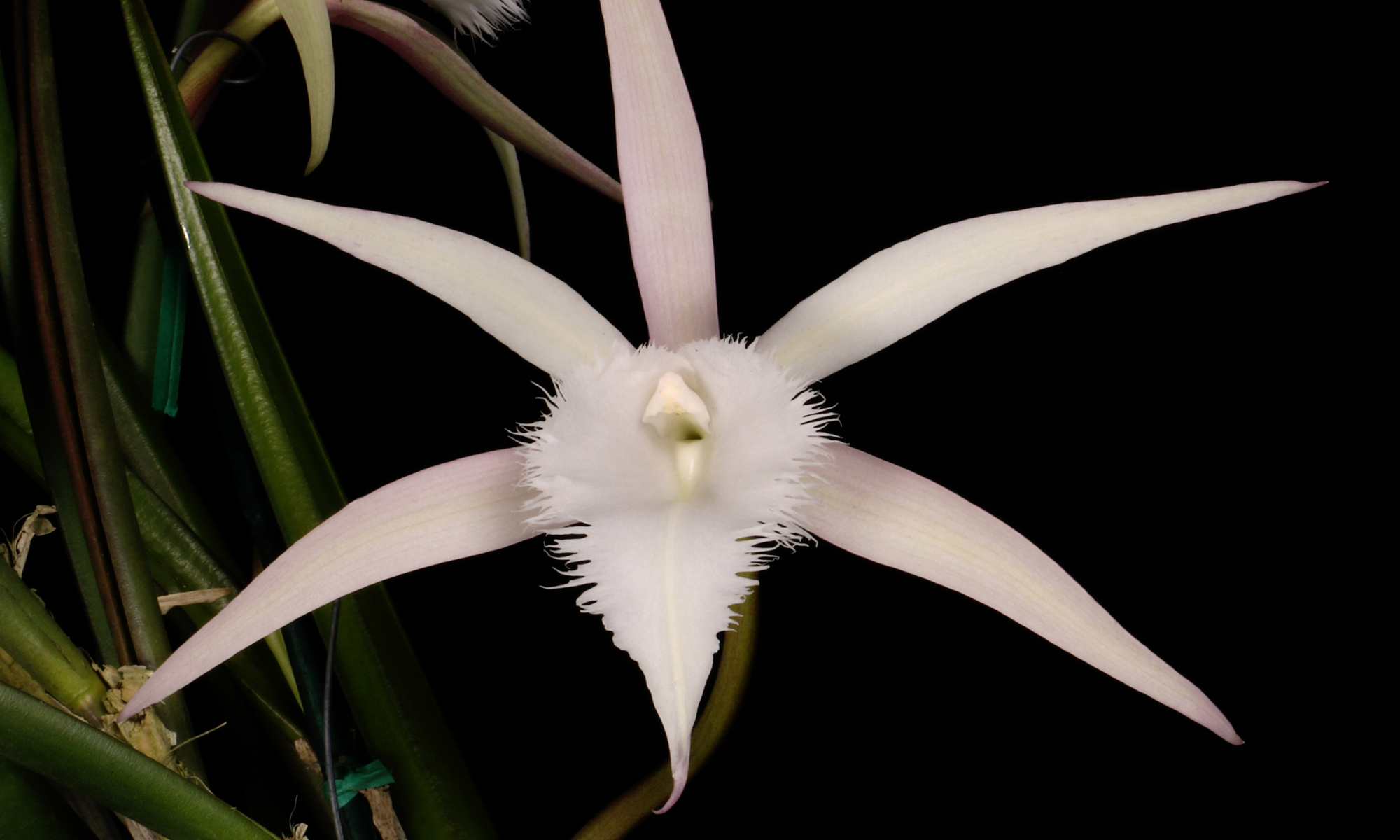MILLION ORCHID PROJECT
Fort Lauderdale Orchid Society (FLOS) has joined Fairchild Tropical Botanic Garden’s Million Orchid Project to help restore endangered native orchid species in South Florida. This conservation project is a core mission for our nonprofit society. We partner with schools, governments, neighborhood groups, civic associations and garden and orchid societies. If you are interested in learning more about installing native orchids, click here to get more information.
HISTORY
FLOS embarked on this important conservation project in 2019, and has installed thousands of native orchids into South Florida parks and neighborhoods. We also have trained Florida Master Gardener volunteers, Boy Scouts, students, faculty, city staffs and residents in proper orchid installation and maintenance. Fairchild’s MOP program has successfully propagated hundreds of thousands of native orchids and planted them in urban landscapes to reestablish one million plants in the region.
Our partnerships include:
- Museum of Discovery and Science in Fort Lauderdale
- City of Oakland Park’s Stunson Nature Trail
- Catholic Cemeteries of the Archdiocese of Miami
— Our Lady Queen of Heaven in North Lauderdale
— Our Lady of Mercy in Doral - River Oaks neighborhood
- Snyder Park in Fort Lauderdale
- Richardson Park, Equality Garden Club
- Coral Springs Garden Club
- Broward County Extension office
- Colee Hammock Homeowners Association
- Riverland Manors Civic Association
HOW IT WORKS
Plantings are done in the summer to take advantage of the rainy season.
Site visit: FLOS conservation experts will assess your landscape and recommend and provide species that will thrive in your environment. We also pick a date for planting.
Volunteer recruitment: You get volunteers to help on planting day and arrange for watering on an as needed basis.
Ceremonial event and installation: We hold a kickoff event featuring training and support by the FLOS conservation team. Volunteers from the partnering organization are trained in how to install orchids in trees and plant terrestrials in the ground. We usually install 100 to 200 orchids at kickoff events. Orchids are planted in groups of ten to fifty per tree for tree orchids. Ground orchids also look best in groups.
Follow-up plantings: We will deliver orchids on a rolling basis for installation by your volunteers. We will assist with additional plantings as needed. Orchids are planted in groups of ten to fifty per tree for tree orchids. Ground orchids also look best in groups.
Partner responsibilities: Installing orchids (with training and assistance from us) following recommendations from FLOS and Fairchild. Regular watering for first six weeks and during dry spells until orchids are established. Standard protocol is daily watering for a week, then every other day for six weeks.
ORCHID SPECIES
The variety of orchids used on any given installation will vary depending on plant availability and suitability for the site. Species include: Bletia purpurea, Cyrtopodium punctatum, Encyclia boothiana, Encyclia tampensis, Epidendrum anceps, Epidendrum nocturnum, Oncidium ensatum, Prosthechea cochleata var. triandra
and Trichocentrum undulatum.

CARE AND INSTALLION RESOURCES
(Click on the links to download culture sheets.)
Bletia purpurea: Commonly called Pine Pink, this orchid is native to pine rockland and cypress swamps.
Cyrtopodium punctatum: Commonly known as the Cigar Orchid and Cowhorn Orchid, this native was once common in hardwood hammocks and open swamps before poaching decimated them in the wild.
Encyclia tampensis: Known as the butterfly orchid, this species grows on a wide variety of native trees, including live oak, mahogany, strangler fig, slash pine, bald cypress, buttonwood, and pond apple.
Epidendrum nocturnum: This fragrant orchid thrives in shade, growing on a variety of hardwoods in swamps and tropical hammocks in southern Florida.
Oncidium ensatum: This native terrestrial orchid grows in densely shaded hammocks and dry, grassy, rocky slopes.
Trichocentrum undulatum: Also known as the Mule Eared Orchid, it grows on the trunks and branches of hardwood trees and mangroves. They have long leathery, folded leaves that can reach over 5 feet in length.
VIDEOS AND ARTICLES
FLOS projects:
- Stunson Nature Trail, Oakland Park
- Richardson Park, Equality Garden Club
- City of Weston
- Catholic Cemeteries
- Garden Club of Coral Springs
- UF/IFAS Broward County Extension and here
- UF/IFAS Site Selection
- UF/IFAS Tree Selection
- UF/IFAS Installation
- UF/IFAS brochure
Fairchild and FAU Pine Jog Environmental Education Center:

